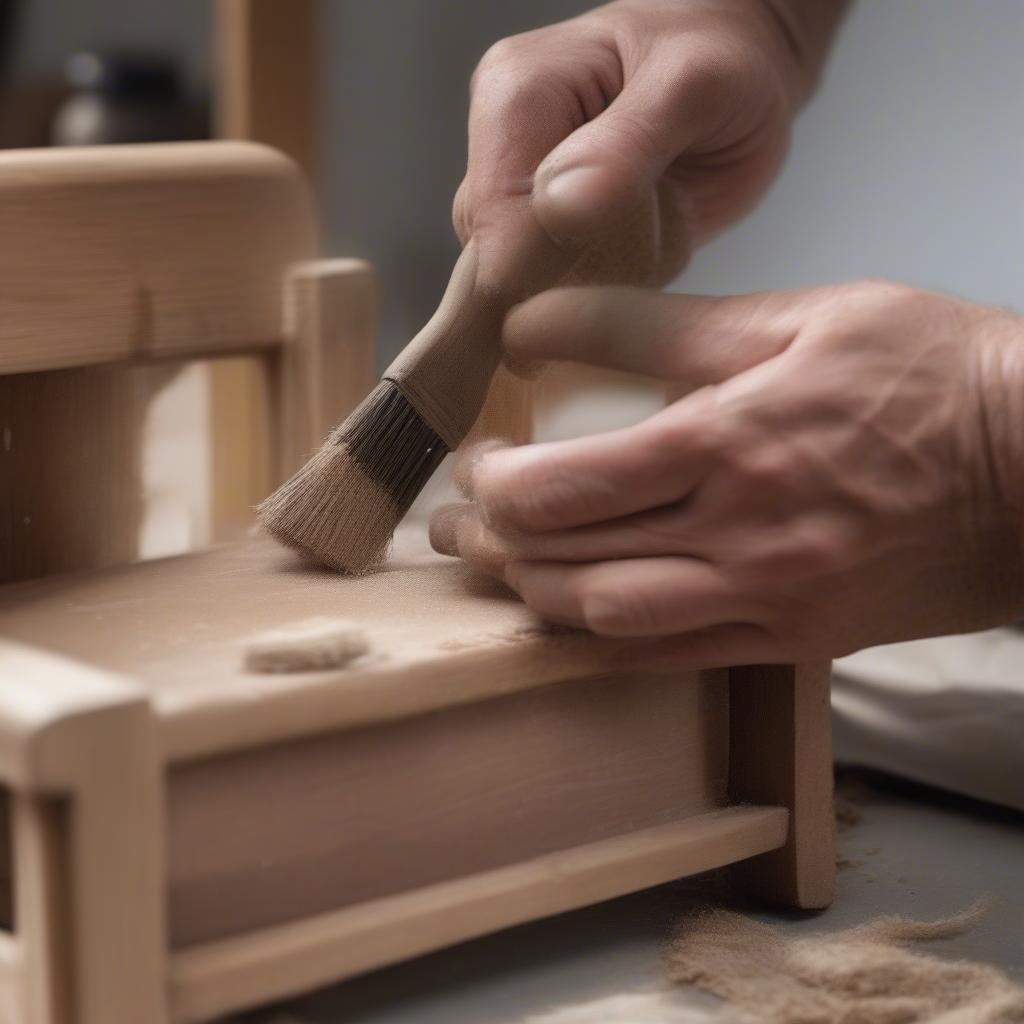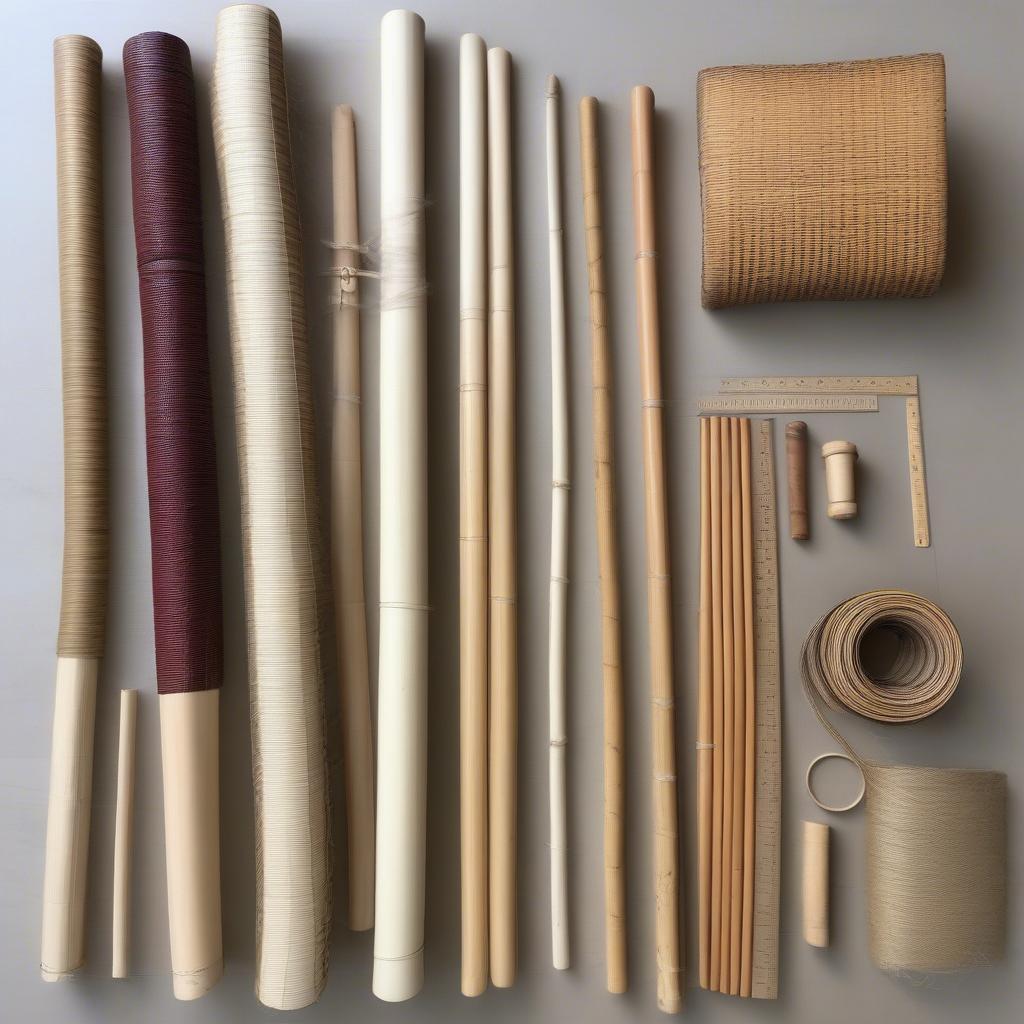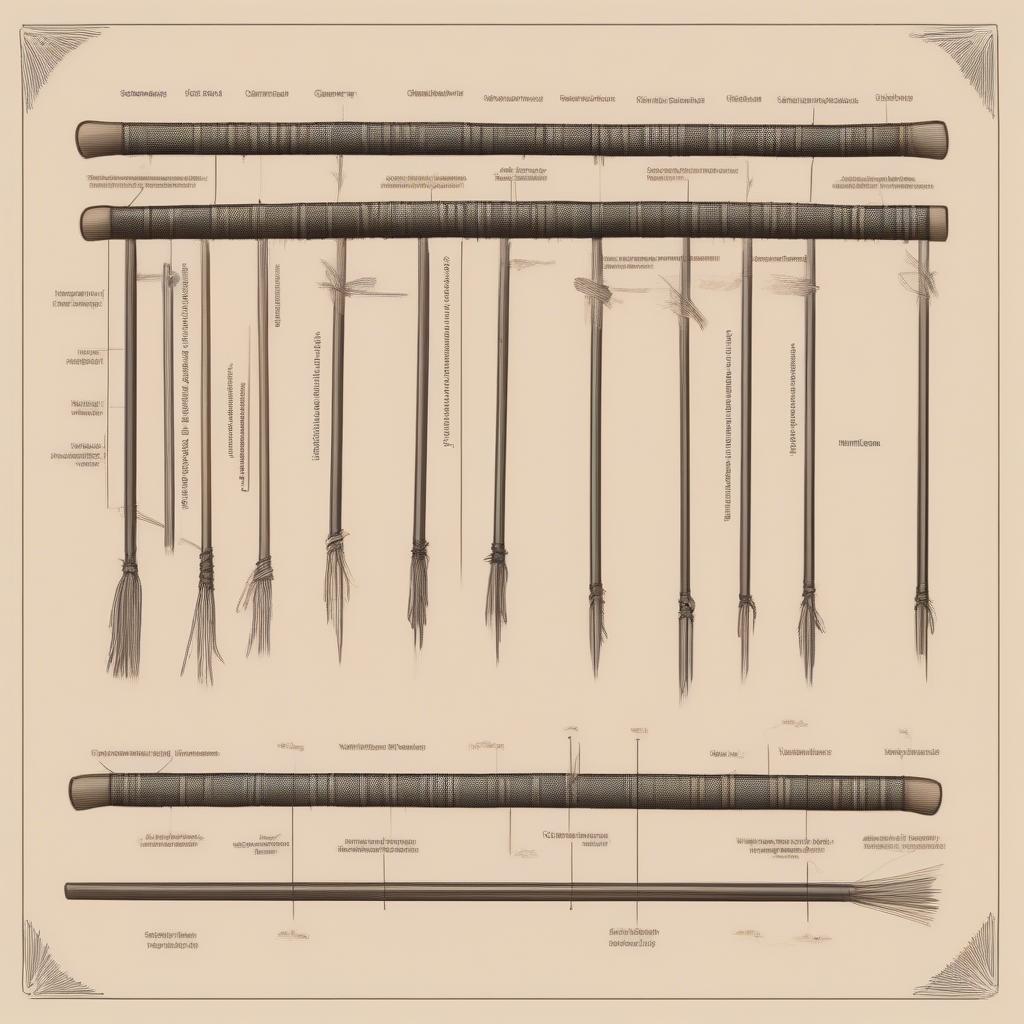Weave Chair
Mastering Weaver Chair Caning: A Comprehensive Guide
Weaver Chair Caning is a time-honored craft that adds beauty and durability to chairs. This comprehensive guide explores everything you need to know about this fascinating technique, from the basics to more advanced concepts. Whether you’re a seasoned craftsperson or just starting out, understanding weaver chair caning opens a world of possibilities for restoring and creating stunning furniture pieces.
The art of weaver chair caning involves meticulously weaving natural materials, often cane, rush, or splint, to create a supportive and decorative seat or back for a chair. This craft requires patience, attention to detail, and an appreciation for traditional techniques. From understanding the different types of cane to mastering the various weaving patterns, there’s a wealth of knowledge to discover within the world of weaver chair caning. This guide will equip you with the essential information to embark on your own caning projects, empowering you to breathe new life into old chairs or create unique pieces from scratch. Let’s dive into the intricate world of weaver chair caning!
Understanding the Basics of Weaver Chair Caning
Before delving into the complexities of different patterns, let’s explore the fundamental principles of weaver chair caning. Understanding these basics will provide a solid foundation for your caning journey. First, you’ll need to identify the type of cane you’re working with, as this will influence the weaving process. Common types include wide binder cane, pre-woven cane webbing, and hand-woven cane. Each has unique characteristics and is suited to particular chair styles.
Next, you’ll need to prepare the chair frame. This often involves removing the old caning, cleaning the frame, and ensuring it’s structurally sound. Proper preparation is crucial for achieving a professional and long-lasting result.  Preparing Chair Frame for Caning
Preparing Chair Frame for Caning
Then, it’s important to understand the different weaving patterns. From the simple seven-step pattern to the more intricate octagonal weave, each pattern creates a distinct look and feel. Choosing the right pattern depends on your personal preference and the style of the chair. Finally, mastering the essential tools of the trade is paramount. These include a caning needle, awl, pegs, and a mallet. Having the right tools and knowing how to use them effectively will significantly improve your caning efficiency and the quality of your finished product.
Choosing the Right Materials for Weaver Chair Caning
Selecting the appropriate materials is essential for successful weaver chair caning. The type of cane, its quality, and its preparation will greatly influence the final outcome. High-quality cane is essential for durability and a beautiful finish.  Different Types of Cane for Chair Caning
Different Types of Cane for Chair Caning
Consider the chair’s style and intended use when selecting your materials. If you are looking for supplies, you can find shaker tape chair weaving supplies and other chair bottom weaving supplies. For a more rustic look, consider using split oak. You can learn how to weave a split oak chair seat online or in person. For those interested in upcycling, you can even learn weaving chair seats from old belts.
Mastering the Seven-Step Caning Pattern
The seven-step caning pattern is a popular choice for beginners due to its relative simplicity. This pattern creates a classic and elegant look, suitable for a variety of chair styles. Let’s break down the process step-by-step:
-
Vertical Strands: Start by weaving vertical strands of cane across the chair frame, securing them to the holes around the perimeter.
-
Horizontal Strands: Next, weave horizontal strands over the vertical ones, creating a checkerboard pattern.
-
Diagonal Strands (Left to Right): Now, weave diagonal strands from the bottom left to the top right, passing over and under the existing strands.
-
Diagonal Strands (Right to Left): Weave diagonal strands from the bottom right to the top left, again passing over and under the existing strands.
-
Second Vertical Strands: Weave another layer of vertical strands, following the same pattern as the first layer.
-
Second Horizontal Strands: Weave another layer of horizontal strands, completing the checkerboard pattern.
-
Binding Cane: Finish by weaving a binder cane around the perimeter of the seat, securing all the strands and creating a neat edge.
 Seven-Step Caning Pattern Diagram
Seven-Step Caning Pattern Diagram
Advanced Techniques in Weaver Chair Caning
Once you’ve mastered the basics, you can explore more advanced techniques and intricate patterns. These techniques allow you to create unique and visually stunning chair seats. One such technique is the French caning pattern, known for its complex and decorative design. If you live in the Plymouth, MA area, you may be able to find a local expert in weaver chair caning plymouth ma.
“Mastering advanced caning techniques allows artisans to elevate their craft and create truly exceptional pieces,” says renowned furniture restorer, Amelia Cartwright. She emphasizes the importance of practice and patience in achieving mastery in these intricate patterns. “It’s a rewarding journey that allows you to connect with a rich tradition while expressing your own creativity.”
Conclusion
Weaver chair caning is a rewarding craft that blends artistry and functionality. Whether you’re looking to restore a cherished family heirloom or create a unique piece of furniture, mastering this technique opens up a world of creative possibilities. From understanding the basics to exploring advanced patterns, the journey of weaver chair caning offers a continuous opportunity for learning and growth. So, gather your materials, embrace the process, and transform ordinary chairs into extraordinary works of art.
FAQ
- What is the best type of cane for beginners?
- Where can I find weaver chair caning supplies?
- How long does it take to cane a chair seat?
- What are the most common mistakes to avoid in weaver chair caning?
- How do I care for a cane-seated chair?
- Can I repair a damaged cane seat?
- Are there any online resources for learning weaver chair caning?
Need more support? Contact our 24/7 customer service at +84 388 951 999, or visit us in Hanoi, Vietnam, or at Tech Avenue, Suite 12, San Francisco, CA 94105, USA.
